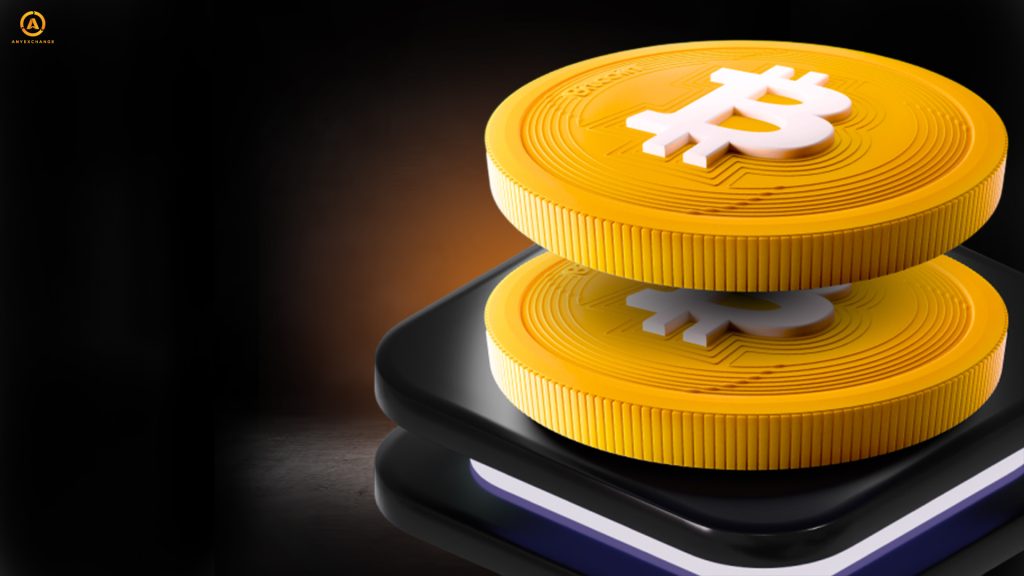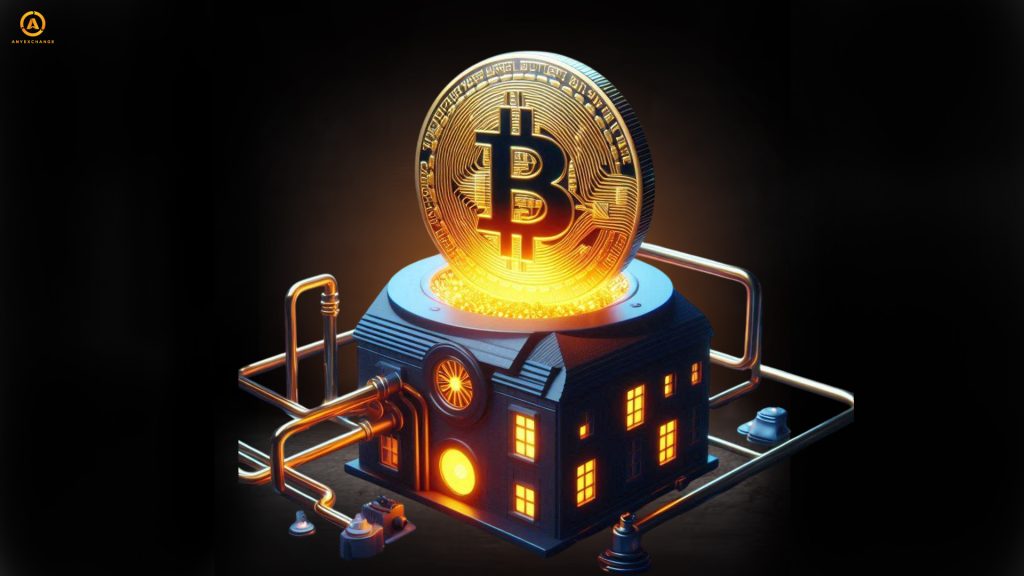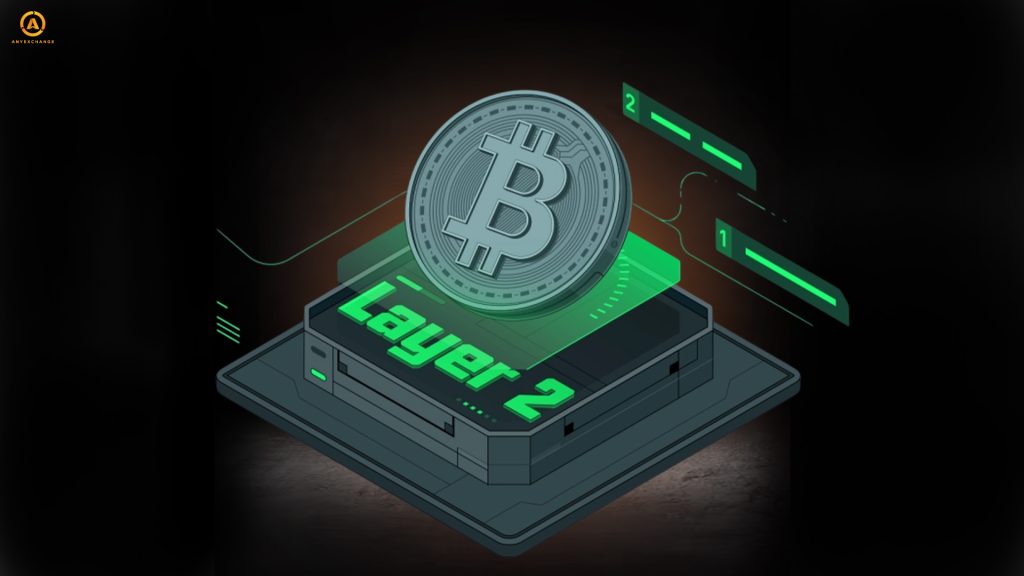
It can be said that at some point the world’s first and largest cryptocurrency became a victim of its own success. The surge in popularity of the bitcoin network exposed its main weakness — insufficient performance. Expensive and slow transactions do not satisfy users and represent one of the main problems for developers. Low throughput is a significant drawback that hinders the mass use of BTC as a means of payment.
The situation is further complicated by the fact that bandwidth is limited by the original blockchain architecture, the violation of which can have unpredictable consequences. Therefore, to meet the growing market demand, additional tools are needed that can reduce the load on the network without compromising the integrity and security of the entire systеm.
Making bitcoin transactions cheaper and faster with Layer 2 solutions is a practice successfully used by the developers of the first cryptocurrency. The implementation of such elements does not change the basic structure: they are outside the parent network and interact with the underlying blockchain only to fix the transaction results, relieving it of the burden of intermediate stages.
Let’s understand what second-level bitcoin solutions are, which of them are most in demand today, and in which direction they are developing.
How Lightning Network Works
Lightning Network (LN), a payment protocol created to increase bitcoin’s scalability, is the most well-known and sought-after second-level solution in the first cryptocurrency’s network today.
The LN network was introduced in 2015, and the first transaction in it was made by Blockstream developer Christian Dekker on May 10, 2017. At that time, he demonstrated to the world that a bitcoin transaction could be worth a little more than one cent (!). Several teams are currently working on the implementation of LN, including Blockstream, Lightning Labs, and ACINQ.
Built on top of the core network infrastructure, the Lightning Network uses separate software and an autonomous network of nodes to conduct off-chain bitcoin transactions over Layer 2. The interactions between these nodes are organized to allow users to create payment channels for financial transactions.
What it looks like:
- Channel creation. Through a standard transaction on the underlying blockchain, parties create a payment channel and block a certain amount of bitcoins for further interaction via a smart contract.
- Ongoing transactions. Users conduct any number of transactions within the channel, updating internal balances as needed, almost instantly and free of charge.
- Channel closure. When parties decide to stop interacting, the channel is closed. This is done with a single entry in the underlying blockchain. It records only the final state of the participants’ balances, without reflecting intermediate stages.
The network principle of the LN organization does not require direct open channels between buyers and sellers — multiple channels can be used to route payments to the recipient’s address, and the software directs payments along the most efficient and cost-effective path.
Payment channels on the Lightning Network are invisible to the rest of the network. The LN provides secure and scalable payments using multi-signature addresses and hash timelock contracts, smart contract technologies provide a secure transaction mechanism, and advanced routing algorithms enable payments to be made in the shortest possible time. Thanks to the Lightning Network, micropayments in bitcoin have developed.
Off-chain bitcoin transactions over Layer 2 have also become a popular feature of many cryptocurrency exchanges. The Lightning Network enables instant BTC deposits and withdrawals, DeFi tools, and trading on platforms such as Kraken, Bybit, Bitfinex, Huobi, and OKX.
When comparing Bitcoin and Lightning, the underlying blockchain is the ideal solution for savings and large transactions, as well as in situations where you prioritize maximum security. And the LN is a great tool for making frequent and fast payments for small amounts, or if reducing your purchasing power is important to you. The optimal solution is to use both networks simultaneously: Bitcoin — as the most secure and decentralized mechanism, and Lightning Network — for fast and cheap transactions in everyday life. For example, for trading or paying for services and goods. For example, if you want to pay in BTC in a coffee shop (and now the market offers more and more opportunities for cryptocurrency payments), you will not have to wait half an hour for the transaction to be confirmed in the blockchain. That’s how coffee gets cold.
How to use the Lightning Network for Bitcoin transactions

- Choose a Lightning Network-enabled wallet. Using LN wallets requires some additional customization and understanding. Essentially, they are standard storages for BTC, but with the ability to open LN channels. Lightning Network integration into bitcoin wallets is available in popular non-custodial solutions such as Speed Wallet, Muun, Nicehash, Breeze, Blue Wallet and WalletSatoshi.
- Create your wallet, set it up, and fund it with BTC.
- Open a Lightning channel using the appropriate wallet option and lock in the amount you plan to use via LN.
- Make and receive instant payments with minimal fees using affiliate addresses or QR codes.
- When your interaction with other participants is complete — close the channel using the wallet functionality. Your BTC balance from LN will be automatically transferred to your main bitcoin wallet.
Let’s imagine how this works in real life, going back to the coffee shop example. Let’s say you’re used to going to the same coffee shop every morning for a latte and cheesecake. The place accepts payment in bitcoin, its rate is growing and you are happy to pay with the additional income. For convenience and cheaper payments, you create a common payment channel in the Lightning Network with the establishment and top up your balance. That’s it — your coffee and cake at this cafe will always be hot because payments are instant.
As long as your financial relations continue within this payment channel, all movements on it will be displayed in a separate distributed register, and you and the owner of the establishment will see the total balance. If you suddenly do not like their breakfast, all you have to do is close the channel and your final balance will be reflected in the main bitcoin network.
Advantages of second-layer bitcoin solutions
- Instant payments. The need to wait for transaction confirmations from the core network is eliminated from the payment process. To compare Layer 1 and Layer 2 in Bitcoin, on average, it takes about 10 minutes to confirm a transaction on the Bitcoin network, and up to several hours or even days during periods of high load. In LN, the transaction is completed in a matter of seconds. “Lightning-fast” transfers are built into the network’s very name (Lightning).
- Increased scalability. According to Desiree Dickerson, vice president of business processes at Lightning Labs, the network can process up to 25 million transactions per second, while bitcoin can process 7 million transactions per second. The availability of Layer 2 solutions makes the first cryptocurrency network a viable alternative to traditional payment systems such as VISA and MasterCard.
- Minimal cost. Reducing Layer 2 Bitcoin network fees to fractions of a cent is an undeniable benefit of the Lightning Network, making it ideal for micropayments and frequent transactions of small amounts, as the underlying network often charges disproportionately high fees during peak hours (especially for small payments).
- Added privacy. Transaction details are not transmitted to the underlying network, providing increased privacy for this Layer 2 bitcoin technology.
- Micropayment capabilities. The minimum transaction size in Bitcoin is 0.00000546 BTC, in LN it is only 0.00000001 BTC (one Satoshi). Small amounts of bitcoin can move freely within the channel.
Security and Risks of Layer 2 on Bitcoin
- Security risk. Lightning Network inherits much of bitcoin’s security, but not all of it.
- Counterparty risk. It is negligible, but always present. If the node through which the channel runs suddenly stops working, the user may lose funds.
- Insufficient liquidity. Liquidity is ensured by having enough funds in the channels — you cannot use more than what is blocked.
- Centralization risks. Large channels with high activity and liquidity can increase the influence of their operators on the network.
Outlook for Layer 2 solutions on bitcoin

Layer 2 projects on bitcoin continue to evolve.
For example, if at the beginning of the Lightning network there were limits on the number of coins stored in the channel (there was a limit of 0.1677 BTC), now there are practically no limits. The network is developing beyond bitcoin, developing support for other assets, in particular, stablecoins. By the way, Litecoin also uses the positive experience of LN and implements its own version. Every day, more and more exchanges and trading applications offer Lightning Network support.
LN is constantly improving and penetrating all new sectors of the cryptocurrency market and the global economy. By the end of 2024, according to 1ML, the Lightning Network will have more than 14,600 nodes and nearly 63,000 channels, with a capacity of 5,283.34 BTC per month.
In addition to LN, other L2 tools offer solutions to bitcoin’s scalability problems:
- Stacks is a semi-autonomous sidechain designed for the development of bitcoin-compatible smart contracts and decentralized applications. Powered by the unique PoX consensus algorithm, it combines mining with staking, allowing miners to earn income in STX and stakers to earn income in BTC. In this way, Stacks does not use the bitcoin blockchain for validation, but rather distributes the load among the miners.
- Rootstock — a sidechain with Ethereum virtual machine support, designed to create TradeFi and DeFi tools without burdening the core network.
- Liquid Network is a sidechain that provides ample opportunities to use wrapped L-BTC tokens, which are backed by BTC at a 1:1 ratio.
Conclusion
Layer 2 solutions are fundamental to improving the performance of the bitcoin network. They allow a significant increase in the adoption rate of the first cryptocurrency. In particular, the Lightning Network ecosystem has a significant impact on the development of the trend towards mass use of bitcoin as a means of payment. Other L2 tools are in integration with other cryptocurrencies, TradFi and DeFi.
Given that the network architecture of the first cryptocurrency is unlikely to undergo significant changes, the future of bitcoin will be directly linked to Layer 2 solutions.
Thank you for your attention. Invest safely and profitably!
AnyExchange is an exchanger through which you can convert bitcoin and other cryptocurrencies at the most favorable rate. Fast and anonymous money transfers worldwide are also available on our platform.





